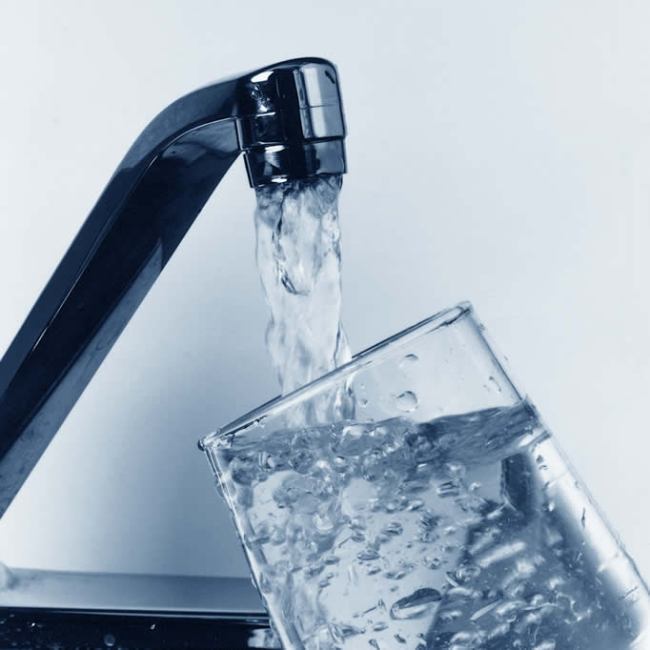Watching the people in West Virginia adjust their lives to deal with a crisis of safe water availability makes those of us who are able to drink from the tap feel fortunate. But should it?
While researching an update on Kepone, a pesticide that was dumped into the James River in my hometown of Hopewell Virginia in the 1970’s, I stumbled upon a startling fact. Not only are monitoring programs not strictly overseen by “responsible” agencies such as the EPA or the state, sometimes the monitoring required by the EPA is useless in determining whether or not there is a problem.
Take Kepone for example. The hundreds of thousands of pounds of insecticide that were released into the water floated in suspension, then drifted to the bottom. Bottom feeders sifted the contaminated sediment. Bigger fish ate the contaminated bottom feeders. Humans chowed down on the contaminated fish that contained so much Kepone that in 1975, Governor Godwin banned fishing, crabbing, and oystering from Richmond to the Chesapeake Bay, a ban that would not be completely lifted until 1988. Fish consumption advisories remain in effect to this day.
Hopewell gets its water out of the Appomattox, in an area that was affected by Kepone. Today, no one monitors for Kepone in the drinking water, even though Kepone still remains in the sediments of the river in great quantities.
Kepone is buried in cells around Hopewell. At the state Department of Environmental Quality, I was able to find monitoring reports for only one of the cells— one located on Honeywell property, monitored by the same company that was responsible for the original contamination of the river. (Allied Chemical, the creator and manufacturer of Kepone, later purchased Honeywell and assumed its name.)
It is impossible to determine from the monitoring reports whether or not Kepone is present at levels that could affect human health.
Here’s why: The EPA requires a detection method that can tell if Kepone is present at 20 parts per billion or higher. Honeywell actually uses a method that can detect Kepone at even lower levels – 5 parts per billion according to their reports. They do an even better job than the EPA requires.
Which sounds nice until you realize that Kepone is harmful to humans at .03 parts per billion
In other words, no one is using a detection method that can determine if Kepone is present at a level that is harmful to humans, even though today’s technology can detect Kepone at parts per trillion. Note that people still fish, swim and ski in the river at Hopewell and beyond.
When I asked an EPA employee about this, he said, “I hate to tell you this, but it’s like that for things that are far worse than Kepone.”
What happened in West Virginia last week has pointed up how many chemicals we live with and how little we know about many of them. Even worse in my mind are the ones we know quite a bit about, and still turn a blind eye.
Think about that the next time you turn on the faucet to get a drink of water.

Thanks for the post. In Richmond, we drink water from the James River above Richmond, so, thankfully, all we have to worry about is the dioxin releases that contaminated the entire James, years ago, from the paper plant in Covington (he said with tongue-in-cheek)!
LikeLike